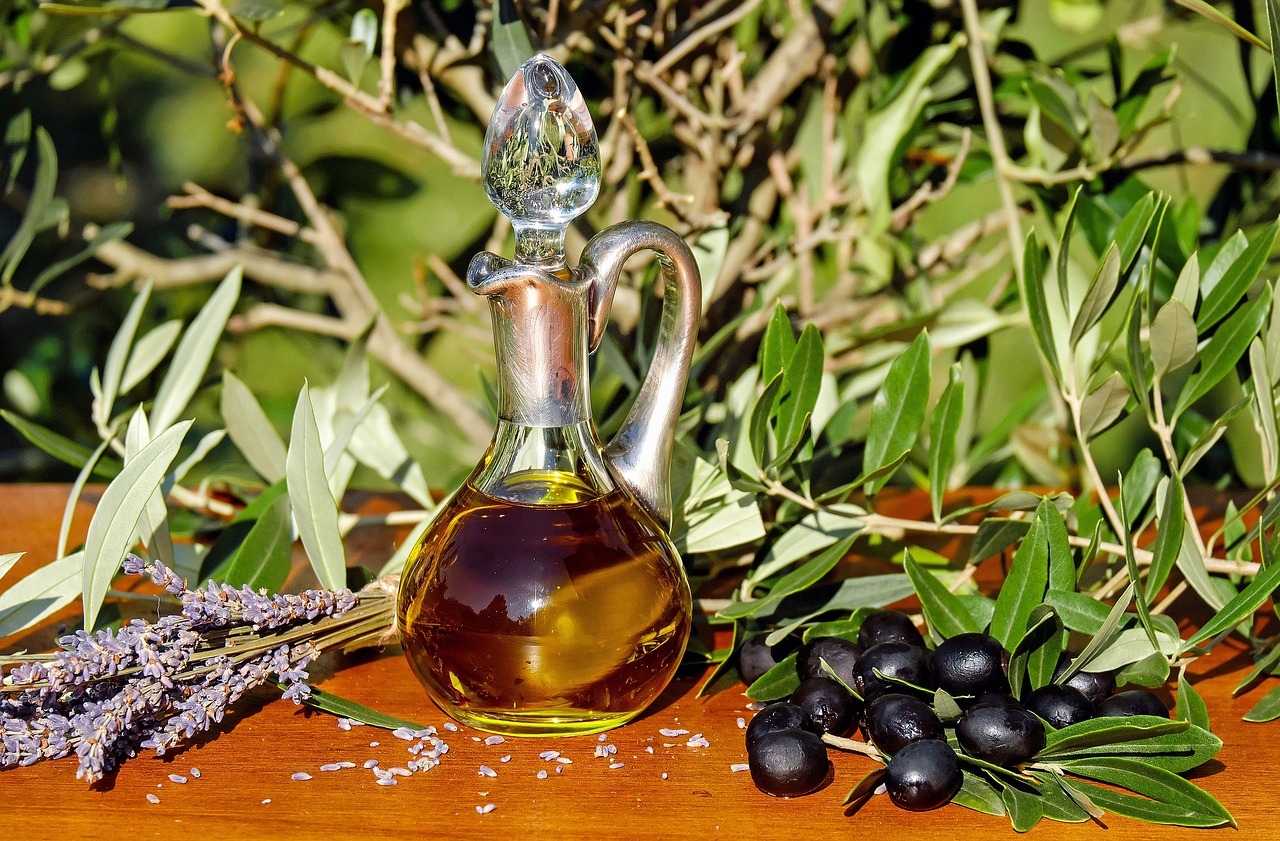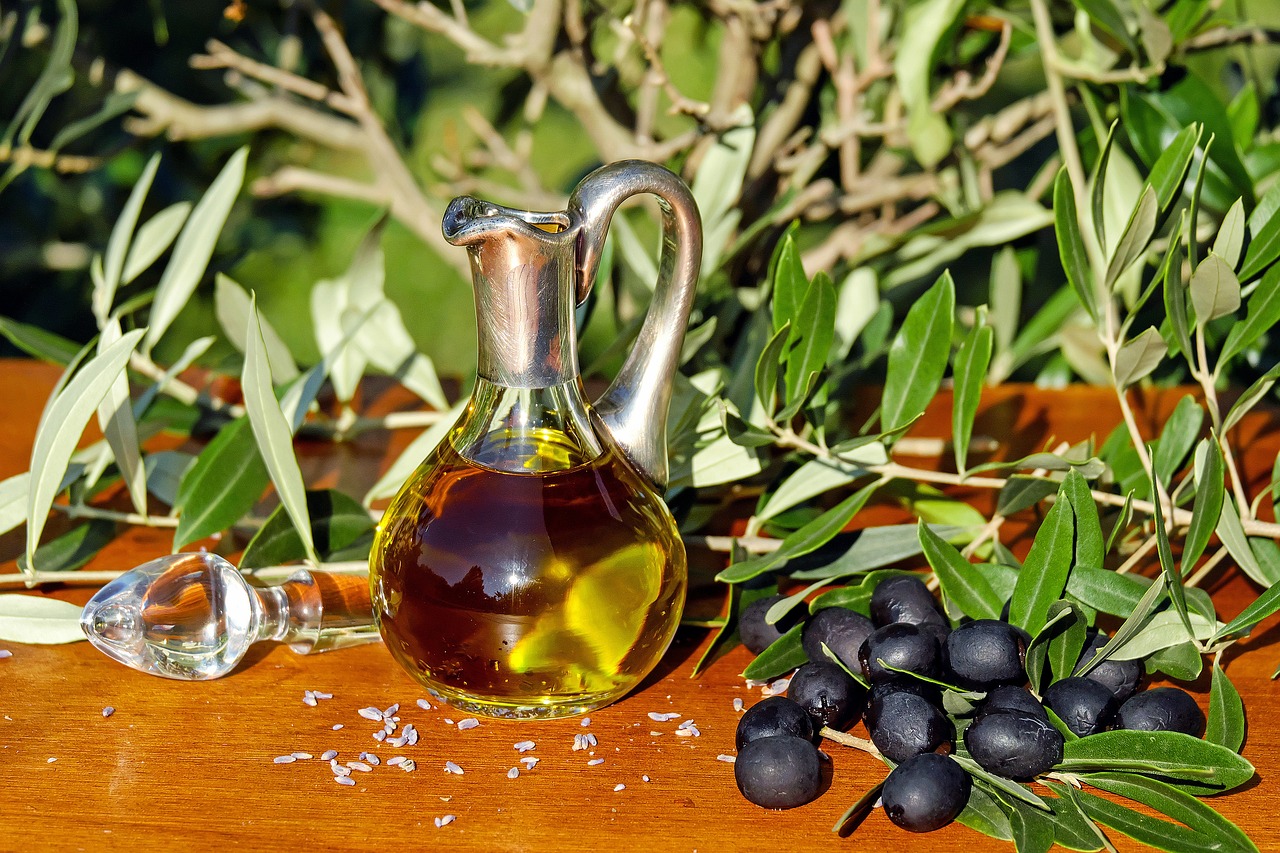Dormant oil is a type of horticultural oil used to protect fruit trees from pests and diseases during the winter months. It works by suffocating insects and preventing fungal spores from developing. By applying dormant oil, you can help keep your trees healthy and improve fruit production.
Understanding Dormant Oil
Dormant oil is a refined petroleum product designed for use in gardening and agriculture. It is particularly effective during the dormant season of trees, which typically occurs in late fall to early spring. During this time, the trees are not actively growing, making them less susceptible to damage from the oil.

One of the primary benefits of dormant oil is its ability to control overwintering pests. Many insects, such as aphids and spider mites, survive the colder months by hiding in the bark or crevices of trees. Dormant oil coats these pests, suffocating them and preventing their populations from exploding when the warmer weather arrives.
Additionally, dormant oil can help manage certain fungal diseases. By applying the oil to tree surfaces, you create a barrier that can prevent fungal spores from taking hold and developing into harmful diseases. This protective layer is especially crucial for fruit trees that are susceptible to issues such as powdery mildew and peach leaf curl.
Composition and Application
Dormant oils are made from highly refined mineral oils, which means they are safe for plants when used correctly. They are designed to be diluted with water for application, depending on the manufacturer’s instructions. The application process is typically done using a sprayer or a garden hose attachment to ensure even coverage on the tree’s surfaces.
Here are some key points to consider when applying dormant oil:
- Timing: Apply dormant oil when temperatures are above freezing but before new buds begin to swell. This timing helps ensure maximum effectiveness against pests and diseases.
- Weather Conditions: Choose a calm day without rain in the forecast for at least 24 hours after application to enhance oil adherence.
- Tree Type: Ensure that the type of dormant oil used is suitable for the specific fruit trees being treated.
Benefits of Using Dormant Oil

Using dormant oil offers several advantages for fruit tree care. Some of the most notable benefits include:
- Pest Control: Effectively eliminates overwintering pests, reducing their population in the spring.
- Disease Prevention: Helps prevent fungal diseases from establishing on trees during the growing season.
- Improved Tree Health: Contributes to overall tree vitality by minimizing stress from pest infestations and disease pressures.
Key Facts About Dormant Oil

| Fact | Description |
|---|---|
| Non-toxic | When used as directed, dormant oil is safe for beneficial insects and the environment. |
| Versatile Use | Can be used on a variety of fruit trees and ornamental plants. |
| Historical Use | Dormant oils have been used for over a century in agricultural practices. |
When applied correctly, dormant oil can significantly enhance the health and productivity of your fruit trees. It is an essential tool for growers looking to maintain a thriving garden while minimizing the impact of pests and diseases.
How Dormant Oil Works
Dormant oil functions by creating a thin layer of oil on the surfaces of trees, which suffocates pests and inhibits the growth of fungal spores. The effectiveness of dormant oil lies in its ability to coat and penetrate the outer layers of the tree without causing harm.
This oil is designed to be applied during the dormant season when trees are less active. During this time, pests and diseases are also in a dormant state, making them more vulnerable to treatment. When the oil is sprayed onto the tree, it clings to the bark and foliage, effectively sealing off any potential entry points for pests.
Types of Dormant Oils
There are several types of dormant oils available on the market. Each type varies in composition and application method. Understanding these differences can help you choose the right product for your specific needs. The main types include:
- Mineral Oil: This is the most common type of dormant oil. It is a highly refined petroleum product and is effective against a wide range of pests.
- Vegetable Oil: Made from plant-based sources, vegetable oils are often used as an organic alternative. They are less toxic to beneficial insects but may require more frequent applications.
- Emulsifiable Concentrate: This type combines oil with emulsifiers, allowing it to mix easily with water. It is convenient for use but may require careful handling to avoid plant damage.
Effective Application Techniques
To maximize the benefits of dormant oil, proper application techniques are essential. Here are some important steps to follow:
- Preparation: Before applying dormant oil, ensure that your equipment is clean and ready to use. Remove any residues from previous treatments to avoid chemical interactions.
- Dilution: Follow the manufacturer’s instructions for diluting the dormant oil with water. Proper dilution is crucial for effectiveness and minimizing potential harm to plants.
- Coverage: Apply the oil thoroughly to all surfaces of the tree, including branches, trunks, and any visible pests. Pay special attention to crevices where insects may hide.
- Timing: As mentioned earlier, timing is critical. Apply dormant oil when temperatures are above freezing and before bud swell.
Risks and Precautions
While dormant oil is generally safe when used correctly, there are some risks and precautions to consider:
- Avoiding Over-application: Excessive application can lead to phytotoxicity, which may harm the tree. Always adhere to recommended application rates.
- Watch for Temperature Changes: Applying dormant oil during extreme temperature fluctuations can stress the tree. Avoid application just before cold snaps or warm spells.
- Beneficial Insects: While dormant oils are less harmful to beneficial insects than some chemical pesticides, they can still affect them if applied incorrectly. Timing treatments to avoid active insect periods can help mitigate this risk.
Choosing the Right Time for Application
The timing of dormant oil application is crucial for its effectiveness. Here are some guidelines to help determine the best time:
- Late Winter to Early Spring: Generally, the ideal time to apply dormant oil is late winter or early spring, before buds begin to swell.
- Temperature Monitoring: Ensure temperatures remain consistently above freezing during and after application for at least 24 hours.
- Weather Conditions: Choose a day that is calm, dry, and free from rain in the forecast for at least a day after treatment.
By following these guidelines, you can effectively protect your fruit trees from pests and diseases with dormant oil, ensuring they remain healthy throughout the growing season.

Common Pests and Diseases Targeted by Dormant Oil
Dormant oil is particularly effective against a variety of pests and diseases that can harm fruit trees. Understanding which specific threats dormant oil can address is crucial for effective tree management. Here are some of the most common pests and diseases that dormant oil can help control:
- Aphids: These small, soft-bodied insects feed on plant sap, weakening trees and potentially transmitting diseases.
- Spider Mites: Microscopic pests that thrive in warm conditions, spider mites can cause significant damage by sucking sap from leaves.
- Scale Insects: These pests attach themselves to the bark of trees, feeding on sap and often leading to tree decline.
- Mealybugs: Similar to scale insects, mealybugs also feed on sap and excrete honeydew, which can encourage the growth of sooty mold.
- Fungal Diseases: Dormant oil can prevent fungal issues such as powdery mildew and peach leaf curl by creating a barrier against fungal spores.
Benefits of Pest and Disease Control
The use of dormant oil for pest and disease control offers numerous benefits for fruit tree health and productivity. Some key advantages include:
- Reduction in Pest Populations: By effectively targeting overwintering pests, dormant oil minimizes their numbers before the growing season begins.
- Enhanced Fruit Quality: Healthy trees produce better quality fruit with improved flavor and appearance.
- Increased Yield: Protecting trees from pests and diseases can lead to higher fruit yields, benefiting growers economically.
- Environmental Safety: Dormant oils are generally less harmful to beneficial organisms compared to synthetic pesticides.
Integrating Dormant Oil into Your Tree Care Routine
Incorporating dormant oil into your overall tree care routine can be beneficial. Here are some strategies to consider:
- Regular Monitoring: Keep an eye on your trees for signs of pest infestations or disease symptoms throughout the year. Early detection can lead to more effective treatments.
- Combining Treatments: Consider using dormant oil in conjunction with other organic treatments, such as neem oil or insecticidal soaps, for a comprehensive approach to pest management.
- Soil Health: Maintain healthy soil conditions to support overall tree vigor. Healthy trees are more resilient to pest attacks and diseases.
Potential Alternatives to Dormant Oil
While dormant oil is a great option for many gardeners, there are alternative treatments available that can also help manage pests and diseases. Some alternatives include:
- Neem Oil: Derived from the seeds of the neem tree, neem oil is an organic pesticide that disrupts the life cycle of pests while being safe for beneficial insects when used correctly.
- Pesticidal Soap: This option targets soft-bodied insects by suffocating them. It is effective against aphids, spider mites, and whiteflies.
- Companion Planting: Growing specific plants alongside your fruit trees can deter pests naturally. For instance, marigolds can repel nematodes and other harmful insects.
Environmental Considerations
When using dormant oil or any pesticide, it is essential to consider environmental impacts. Here are some guidelines to ensure responsible usage:
- Follow Local Regulations: Be aware of local laws regarding pesticide use to ensure compliance and safety.
- Avoid Application During Bloom: Applying dormant oil during flowering can harm pollinators like bees, so timing is key.
- Use Minimal Amounts: Apply only the necessary amount of dormant oil. Overuse can lead to negative effects on non-target organisms.
By understanding the various aspects of dormant oil application, its targets, and alternatives, gardeners and fruit tree growers can make informed decisions to protect their trees effectively.
Long-term Benefits of Using Dormant Oil
In addition to immediate pest and disease control, using dormant oil can offer long-term benefits for your fruit trees. Regular applications can lead to a healthier ecosystem in your garden. Here are some advantages of maintaining a consistent dormant oil regimen:
- Better Pest Management: Over time, the consistent use of dormant oil can help keep pest populations low, reducing the need for more aggressive chemical treatments later on.
- Improved Tree Resilience: Healthy trees are better equipped to resist pests and diseases. By minimizing stress factors, dormant oil can contribute to the overall resilience of your trees.
- Enhanced Biodiversity: A well-maintained fruit tree can support a variety of beneficial species, including birds and insects that contribute to pollination and pest control.
DIY Dormant Oil Recipes
If you prefer a more hands-on approach, creating your own dormant oil is possible. Here are a couple of simple recipes:
- Basic Mineral Oil Recipe:
- Mix 1 part mineral oil with 19 parts water.
- Add a few drops of dish soap as an emulsifier to help the oil mix with water.
- Vegetable Oil Mixture:
- Combine 1 part vegetable oil with 10 parts water.
- Add a few drops of liquid soap to enhance the mixture’s effectiveness.
Always test any homemade mixture on a small area of your tree first to ensure there are no adverse effects before applying it widely.
Educating Yourself and Others
As gardeners, educating ourselves about the tools we use is essential for making informed decisions. Consider attending local gardening workshops or joining online forums where you can learn more about dormant oils and sustainable practices. Sharing knowledge with fellow gardeners can also foster a community focused on healthy, productive gardens.
Additionally, resources from agricultural extension services or local gardening clubs can provide valuable insights tailored to your region’s specific pests and climate conditions. Staying informed will help you adapt your strategies as needed for optimal results.
Final Thoughts
Dormant oil plays a vital role in the effective management of pests and diseases in fruit trees. Its ability to suffocate harmful insects and prevent fungal infections makes it an invaluable tool for both amateur and professional gardeners. By integrating dormant oil into your gardening routine, you can significantly enhance the health and productivity of your fruit trees.
Understanding how to properly apply dormant oil, when to use it, and its environmental impacts allows you to make informed decisions that benefit not just your trees but also the surrounding ecosystem. By combining best practices with ongoing education, you can create a thriving environment that promotes both fruit production and ecological health.
As you continue your gardening journey, remember that healthy trees lead to abundant harvests. With diligent care, appropriate use of dormant oil, and responsible gardening practices, you can enjoy flourishing fruit trees for many seasons to come.
